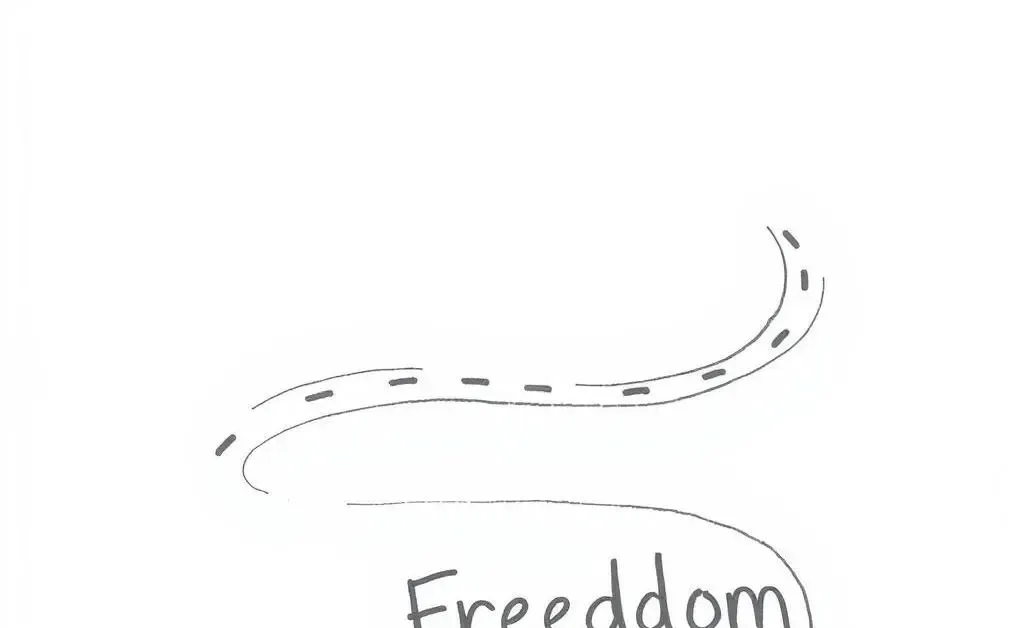Understanding Roth IRAs: When to Tap into Your Contributions
Explore when to access your Roth IRA contributions wisely and without penalties.

Hey there! I want to talk about something that's been tugging at many of us—deciding when to tap into those Roth IRA contributions. It's a question I’ve encountered quite a bit, usually when life's little (or not-so-little) surprises pop up.
Why a Roth IRA?
First off, why do so many people love these accounts? A Roth IRA is a retirement account where you contribute after-tax earnings. The magic happens with growth—all earnings inside the account can be withdrawn tax-free during retirement. Pretty neat, right?
However, beyond retirement, the allure is that you can always withdraw your contributions (your original investments, not the earnings) without penalties or taxes. This flexibility often makes it tempting in times of need.
When Does It Make Sense to Withdraw?
Thinking about dipping into those contributions? Here are a few scenarios when it might make sense:
- Emergency Situations: Unforeseen expenses can turn life upside down. Medical emergencies or unexpected layoffs might just warrant this move, but remember, it should genuinely be a last resort.
- Major Life Changes: Sometimes, big life shifts like purchasing a first home qualify for special circumstances allowing you to access more of your IRA funds. This could be a thoughtful choice if you’re well-informed about potential impacts.
- Education Costs: Qualified education costs for yourself or family members can also be a reason to consider dipping into these contributions. It's a careful balancing act between today’s educational benefits and tomorrow’s retirement security.
Consider the Consequences
While a Roth IRA offers unparalleled flexibility, withdrawing funds takes careful thought. Each dollar you remove is a dollar that could have grown exponentially over the years. This future growth is what truly enhances your financial freedom in the long run.

Strategies to Avoid Early Withdrawals
I always encourage friends to build a firm emergency fund alongside retirement savings. Aim for a buffer that covers at least six months of expenses—this is more than a safety net; it’s peace of mind.
Also, continually check if your current savings strategy aligns with your financial goals. As life evolves, so should your plan.

Reflect Before You React
Before making any withdrawal, take some time to reflect—there’s often wisdom found in that pause. Think about future you and what they might appreciate about a decision that preserves financial flexibility long-term.
Ultimately, the goal is not just financial survival, but financial thriving. Let’s nurture our present needs while safeguarding the prosperity of future possibilities.

Thanks for joining me in this little chat. As you sip your tea or coffee, remember: your journey with Roth IRAs and investments is unique, and taking the time to understand your options is always worthwhile.




